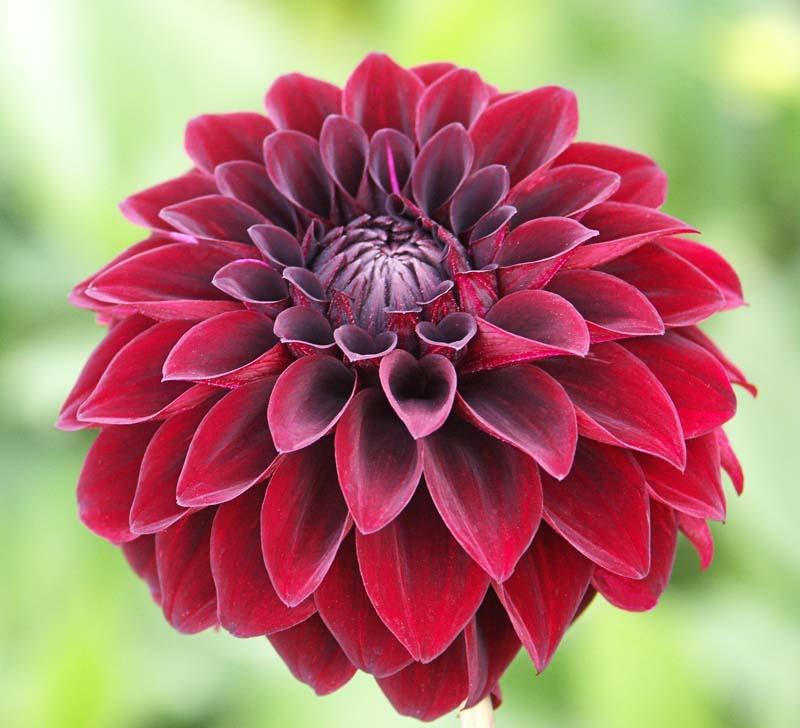Now is the time to get spring flowering bulbs in the ground. It's also time to dig up and store tender summer-flowering bulbs if your climate is too cold for these bulbs to overwinter in the ground.
Tender Bulbs
Tender bulbs include gladiolus, cannas, caladiums, tuberous begonias, calla lilies, and dahlias. Botanically speaking, these flowers grow from rhizomes, corms, or tubers instead of true bulbs, but for the sake of simplicity I'll call them all bulbs. While most of these tender bulbs can overwinter in the ground in zones 9 to 10 (caladiums are winter hardy only in Zone 10 or warmer; glads and dahlias may overwinter in Zone 8 if well-mulched), in colder zones where the ground freezes the bulbs should be dug right after the first frost and stored inside over winter.

Dahlia stalks should be cut back to about six inches and the tubers should be allowed to dry for just a few days before they are stored in shallow, plastic lined boxes and covered with dry peat moss. Begonias should be washed immediately and then stored like dahlias. Dry gladiolus corms for 2-3 weeks before storing in paper bags.
Hardy Bulbs
Now let's talk about hardy bulbs that are planted in the fall for bloom the following spring. While tender bulbs need protection from the cold, hardy bulbs such as tulips, daffodils, hyacinths, and crocuses need exposure to the cold to prepare them for flowering. Look for firm bulbs with no soft or discolored spots. A loose or partially intact papery cover on true bulbs or bulblets is not an indication of damage to the bulb itself. Double and triple bulbs -- bulbs with bulblets or offsets -- are a bargain. The larger bulb will flower the first season, the smaller side bulbs will develop in another year or two. Purchase enough bulbs so that you can plant in groups. They will provide the most striking show when planted in masses instead of individual rows. Keep the bulbs in a cool, dry place until you are ready to plant them.
Plant bulbs in a spot with at least a half day of sun and well-drained soil. Heavy clay soil should be amended with liberal applications of sphagnum peat moss or compost. As a general rule, bulbs should be planted at a depth two to three times the diameter of the bulb. Set bulbs in the hole with the pointed end up. Deep planting may discourage damage from burrowing animals, but planting too deep may result in flowering before the stems have completely emerged from the soil. Follow the recommended spacing for each variety. Avoid crowding; it forces plants to compete for water and nutrients, restricts air movement around the foliage and can slow, rather than speed, the development of a full flower bed.
Unfortunately, a number of critters enjoy snacking on bulbs like tulips and crocuses (they tend to leave daffodils alone). If burrowing voles are a problem, make a wire screen cage on three sides of the bulbs as you plant them, leaving the top side open. Lay chicken wire on top of the soil in the bulb bed to discourage animals like chipmunks and squirrels from digging up bulbs.
Your efforts this fall will help you experience a special show of color next growing season.
Steve Trusty has a degree in horticulture from Iowa State University. He has been helping gardeners receive more enjoyment from their lawns and gardens for years through radio, TV, books, magazines and websites.